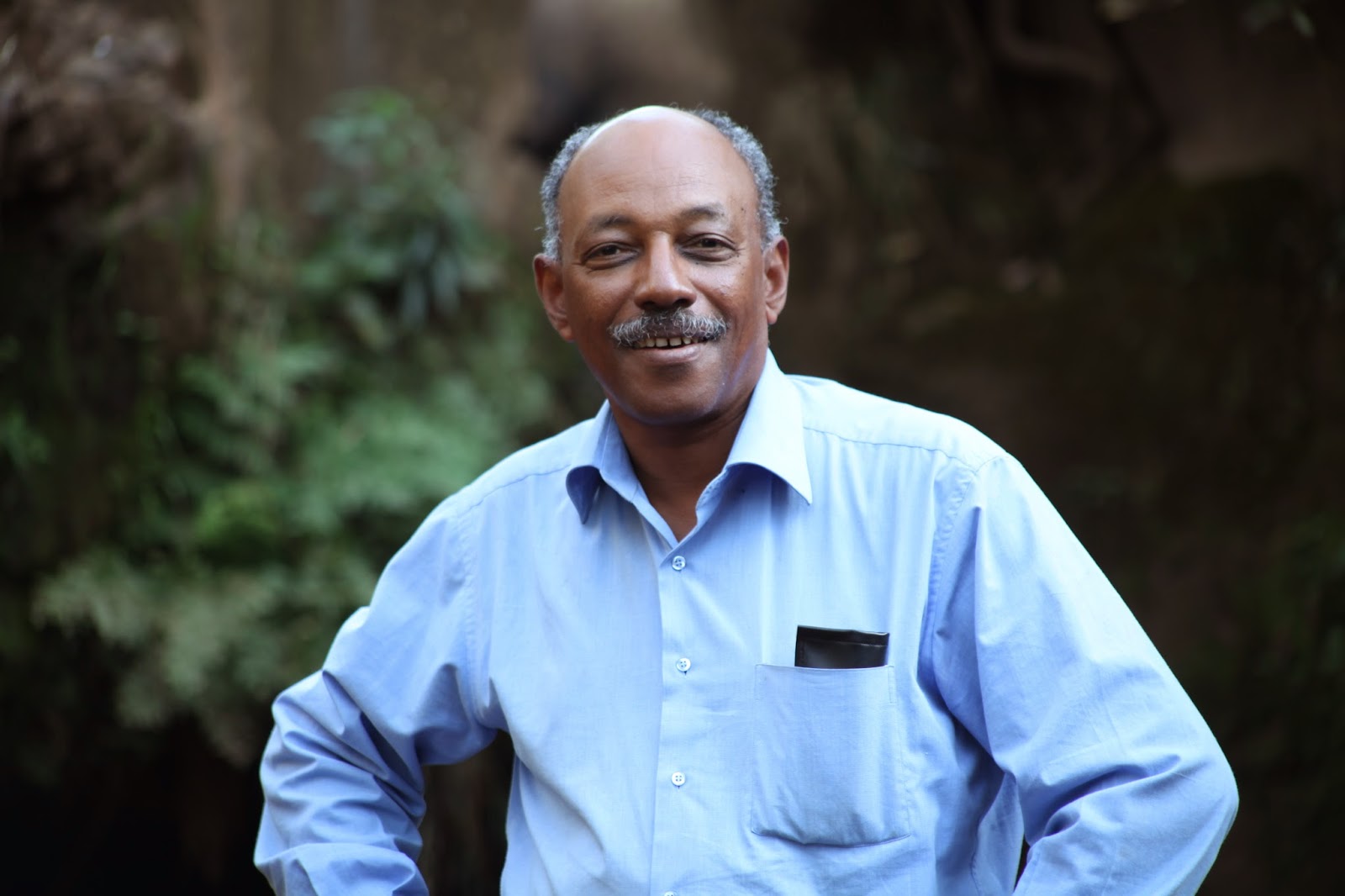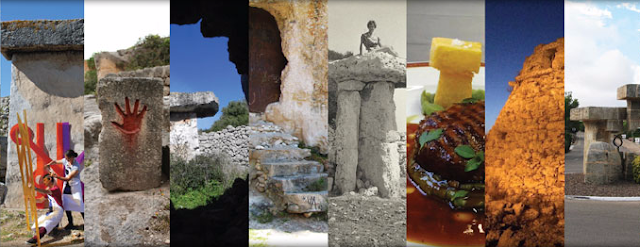INTERVIEW WITH Yonas Beyene

Yonas Beyene is Program Director of the Association for Research and Conservation of Cultures (ARCC), which is a non-profit volunteer organization established in Hawassa (Ethiopia). He was member of the World Heritage Committee of UNESCO. Beyene has also prepared the document for the Nomination file of the Konso Cultural Landscape, which resulted in its nomination by UNESCO in 2011 as World Heritage Site. For a long time he has worked for the Ministry of Culture and Tourism of Ethiopia, and served as Academic and Research Vice president of Wolkite University (Ethiopia).
Hi Yonas, as
keynote speaker of the topic “Cooperation” there are a lot of issues we can
discuss. Going straight to the matter, we would like to start asking about your
opinion in a delicate topic; if cooperation is a way of promoting more
dependence from the West, as many postcolonial critiques claim.
Cooperation
is an interdependence between two parties over a certain/defined issue. When we
talk of cooperation we should not think of it, only as an issue of
relationships between the rich and the poor, as in between the west and
developing countries; but also as synergetic relationships globally. With
regards to culture, cooperation should be viewed in relation to the World
Heritage Convention which promotes appreciation of global cultures and using
them to better future of humanity and its wellbeing through dialogue and mutual
understanding.
In a previous
interview, Jordi Tresserras commented about the potential of World Heritage as
wealth increaser. Do you think the current way of funding in the World Heritage
programme actually makes a difference for countries like Ethiopia?
I agree with
the idea that world heritage sites could be potential areas of economic
development. However, this should go hand in hand with the understanding that
world heritage sites are fragile and delicate, yet important resources which
need maximum care/protection. It is true that every country wishes to use its
world heritage sites for promoting national image building, and to boost its
economy. This is possible only with a management system which takes local
realities in to consideration. The World Heritage Program has been working on
capacity building of culture experts in individual countries. This has resulted
in local/indigenous culture experts of developing countries to take maters in
their own hands. In addition to capacity building, World Heritage programs have
clearly supported conservation of fragile sites and sites that were placed in
endangered list- thanks to the periodic monitoring, evaluations of the Advisory
Bodies and direct interventions. It is clear that world heritage sites with
good conservation programs, working management systems, and educational and
promotional schemes are excellent economic resources benefiting local
communities through venues such as tourism.
Timothy Wirth
(2003: 90) addressed the poverty surrounding ‘too many’ World Heritage sites,
who is then benefitted from the aid received for World Heritage?
The World
Heritage Nomination is aimed at recognizing sites of outstanding Universal
Value for conservation, recognition and promotion. It is true that properties
nominated in third world countries are not well budgeted for to insure their
conservation and promotion. These sites in developing countries were already in
poor state of conservation even before they were nominated. Some are built,
whereas most are either Cultural landscapes or Natural sites. It is very
challenging to keep up with the wellbeing of these sites, as communities are directly
involved in local development. Alleviating poverty in world heritage sites
should be the priority of State Parties (governments) through policies which
empower communities both through ownership, management and economic aspects
related to the sites. Compared to the number of world heritage sites which are
in need of support, and the amount of money needed to adequately respond to
local needs, UNESCO alone can’t cope up with poverty issues. Countries should
develop local resources which in turn could insure ownership and care to
indigenous heritage properties. This said, however, whatever support provided
by UNESCO should be used to help sustain heritage sites.
There has
also been high controversy in the concept of cooperation itself, seen either as
traditional funding or charity. Do you think World Heritage programmes actually
receive any cooperation? If so, in which way?
I don’t see cooperation as charity. Charity is something you give, and
give for alleviating immediate needs related to poverty reduction. Cooperation
is a two way interaction in which both cooperating parties benefit. Cooperation
is the key for the success and up-keeping of the WH Convention. Cooperation in
World Heritage is the duty of every body for the betterment of the future of
humanity. We share one planet and we enjoy common origins. We are one species
benefiting from common heritages. A paleoanthropological site on the WH list is
heritage for all humankind. A Natural site in Africa or in Latin America is
crucial in keeping the natural balance of the Planet. The polar ice budget is
as important for people living in the Sahara as it is for the Eskimos.
This
conference is about people and communities, but we have mainly been talking
about stones. What is the place of local people in the process of nomination
and management of a World Heritage site? Is there a place for cooperation in
this case?
Local
communities who live in World Heritage sites are either the creators of a
particular site or the guardians who have protected it throughout its
existence. Cultural sites without local communities are devoid of life. Local
communities have profound knowledge about the site they are living in. They are
like living encyclopaedias that need to be referred to, and put in to good use in
collaboration with scholars. Nomination processes should involve consultations
with local communities from the beginning to the final stage. The local
communities should be at the heart of the nomination processes; as they are
more knowledgeable about the history, functioning of the sites and their
significance; and they insure their conservation for future generations. The
new trend of ‘’Up Stream Process’’ approach in the nomination processes of WH
sites is an indication about the importance of the role of local communities in
cultural heritage management.
You had the
opportunity of working in the nomination file for the Konso Cultural Landscape.
How different was this process from others where Western cooperation took a
leading part?
It is true
that numerous management plans and nomination files in developing countries in
the past were prepared, mainly by western scholars. The role played by local
scholars usually was never highlighted adequately. The Konso Management Plan
and nomination file document is different in this regard. The field work was
led and documentations were carried out by local scholars and community
members. The nomination process was discussed prior to any activity, and was
accepted by members of the local communities and the Ethiopian government; and
supported, and at finally endorsed by the Regional and Federal Governments. The
local communities have taken the lead in defining the cultural landscapes.
However, the process was supported through grants from what you termed as
“Western Cooperation,” providing a wonderful example in global cooperation for
heritage recognition and promotion.
The Semien
Mountains are still in the Danger List and local communities seem to be part of
the problem to UNESCO (WHC 2011). Can cooperation help to get a solution
beneficial both to the site and people?
Actually
local communities in the Semien Mountains are aware of the importance of the
site. These communities have always lived with their environment and helped
maintain the natural balance. They are working to resolve problems together
with the government and through cooperation programs. Globally important sites
with endangered plants and animal species are very sensitive to changes. That
is why concerted efforts by all are needed. We have to consider the prevalence
of increasing population in developing countries, which need far more
agricultural land; and global climatic change is currently a huge challenge.
Hence more scientific research and collaborative work needs to be undertaken in
sites such as Semien Mountains.
Thank you!
References
- Wirth, Timothy E. (2003): World Heritage as a Flagship Programme for Nature Conservation in UNESCO: World Heritage 2002: shared legacy, common responsibility. [http://whc.unesco.org/en/activities/563/] Accessed in January 2015
- WHC (2011): SOC Report 2011 [http://whc.unesco.org/en/soc/281] Accessed in January 2015



Comentarios
Publicar un comentario